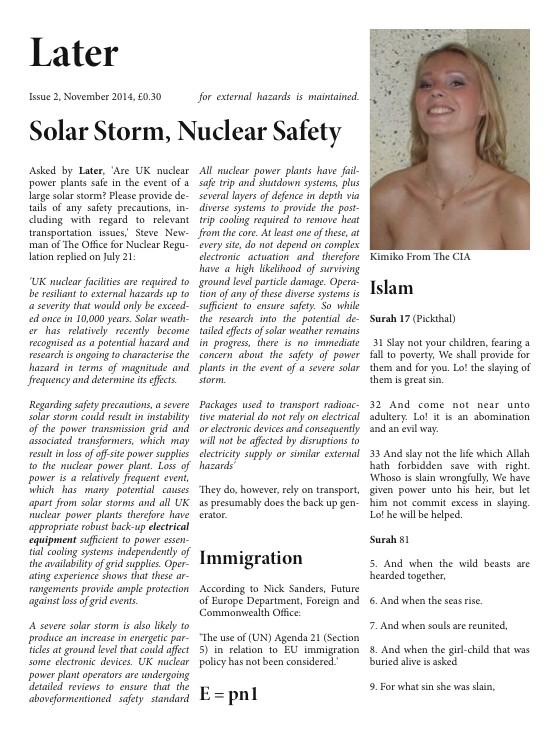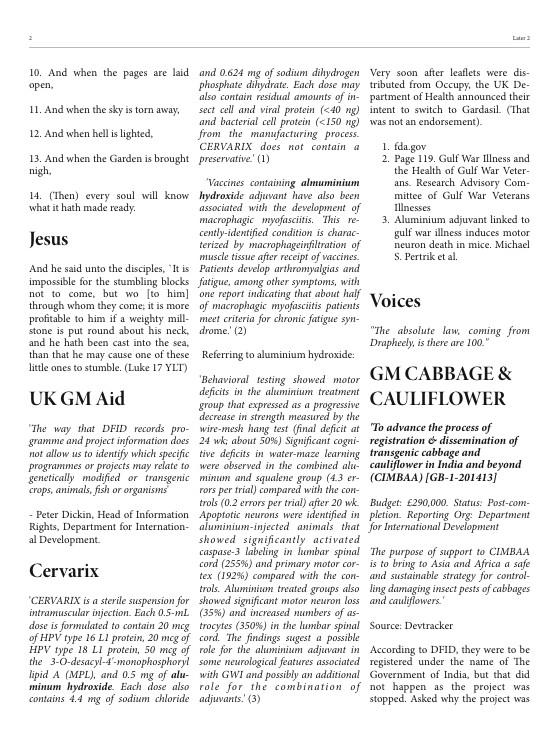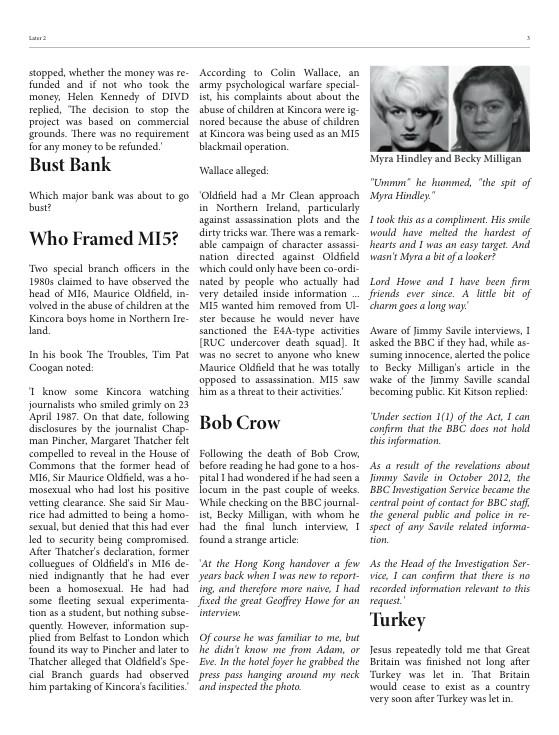


Extinction, sometimes refered to as reddening, is variously known as galactic extinction, intersellar extinction, and atmospheric extinction when it happens within Earth's atmosphere. It generally happens when dust - either in space or in the earth's atmosphere - dims light http://www.asterism.org/tutorials/tut28-1.htm (1), by absorbing and scattering (short) blue light waves, allowing (longer) red light waves through, making stars appear redder, for example when dust particles in the atmosphere of earth contribute the red effect of sunset. http://www.astro.virginia.edu/class/skrutstie/astr121/notes/redden.html (2).
Atmospheric extinction is the reduction in brightness of stellar objects as their light passes through Earth's atmosphere. The longer the path length through the atmosphere, the more the starlight is dimmed, hence a star will appear brighter when high in the sky than when it is close to the horizon. Surprisingly, the path length through the atmosphere is known as 'air mass' http://star-www.rl.ac.uk/star/docs/sc6.htx/node15.html (3). If you look straight up, that is the shortest air mass. There are mathematical calculations that can be made with regard to atmospheric extinction (1)(3).
There are three main factors that cause atmospheric extinction. Molecular absorbtion, mainly due to atmospheric ozone and water, accounts for about 0.02 magnitudes per air mass. Molecular scattering, known as Rayleigh scattering, by air molecules, accounts for up to 0.14 magnitudes per air mass. Rayleigh scattering is the cause of the blue sky - the average colour of scattered sunlight is the blue of the sky http://mintaka.sdsu.edu/GF/explain/optics/scatter.html (4). Aerosol scattering (by dust, water and man-made pollutants) adds about 0.12 magnitudes per air mass. There is less extinction in winter than in summer, believed to be due to less water in the atmosphere. Extinction scatters blue light more than red, and so causes a reddening effect with stellar objects, the lower in the sky a stellar object is, the more extinction, causing the light to appear redder.
The concept of galactic extinction is believed to have originated from Ake Anders Edvard Wallenquist http://adsabs.harvard.edu/cgi-bin/bib_query?1930LicOB.420..154T (Page 165) (5). Starlight is dimmed and reddened by galactic dust (absorbing clouds http://adsabs.harvard.edu/full/1937AnHar.105..359G (6)). The Galactic extinction causes a non uniform selection effect across the sky http://citeseerx.ist.psu.edu/viewdoc/summary?doi=10.1.1.53.80 (7).
The composition of absorbing clouds is deduced using dust spectroscopy. http://ned.ipac.caltech.edu/level5/Sept07/Li2/Li3.html(8). The absorbing clouds and their extinction effect are subject to continuing study. (page 99) http://iopscience.iop.org/1538-3881/125/1/98/pdf/1538-3881_125_1_98.pdf (9).
Various claims are made regarding the effect of extinction when measuring redshift. Redshift happens when light waves (become longer) are shifted to the red side of the spectrum. Light becoming more red does not nescessitate redshift: if blue light waves are blocked. Extinction was shown to have effects on redshift results in The Optical Redshift Survey II http://citeseerx.ist.psu.edu/viewdoc/summary?doi=10.1.1.53.80 (10). The U.S. Department of Energy at Lawrence Berkeley National Laboratory noted that extinction errors were the main problem for almost all of the redshift range considered http://supernova.lbl.gov/~evlinder/redsys.pdf(11). Redshift is believed to be intrinsic http://iopscience.iop.org/0004-637X/518/1/103/pdf/0004-637X_518_1_103.pdf (page 104) (12) http://supernova.lbl.gov/PDFs/barbary10.pdf (page 2) (13), and acquired in various ways, for example - as proposed by Einstein - by the effect of gravitational field, known as gravitational redshift http://hyperphysics.phy-astr.gsu.edu/hbase/relativ/gratim.html (14). A fringe theory by Ling Jun Wang suggests that extinction is largely responsible for redshift http://www.utc.edu/Faculty/LingJun-Wang/RedshiftEssay.pdf (15). Mainstream science holds that the effect of extinction on redshift is small http://www.utc.edu/Faculty/LingJun-Wang/RedshiftEssay.pdf (16).
References
1. http://www.asterism.org/tutorials/tut28-1.htm Atmospheric Extinction and Refraction
2. http://www.astro.virginia.edu/class/skrutstie/astr121/notes/redden.html Interstellar Reddening, Extinction, and Red Sunsets
3. http://star-www.rl.ac.uk/star/docs/sc6.htx/node15.html Atmospheric Extinction and Air Mass
4. http://mintaka.sdsu.edu/GF/explain/optics/scatter.html Atmospheric Scattering
5. Attribution to Wallenquist on page 165 http://adsabs.harvard.edu/cgi-bin/bib_query?1930LicOB.420..154T PRELIMINARY RESULTS ON THE DISTANCE, DIMENSIONS AND SPACE DISTRIBUTION OF OPEN STAR CLUSTERS. Authors: Trumpler, Robert Julius
6. http://adsabs.harvard.edu/full/1937AnHar.105..359G THE EFFECT OF ABSORBING CLOUDS ON THE GENERAL ABSORBTION COEFFICIENT. Author: Jesse L Greenstein
7. Page 18 http://citeseerx.ist.psu.edu/viewdoc/summary?doi=10.1.1.53.80 The Optical Redshift Survey II. Authors: Basílio X. Santiago , Bas'ilio X. Santiago , Michael A. Strauss , Ofer Lahav , Marc Davis , Alan Dressler , John P. Huchra
8. http://ned.ipac.caltech.edu/level5/Sept07/Li2/Li3.html DUST SPECTROSCOPY - DIAGNOSIS OF DUST COMPOSITION In "The Central Engine of Active Galactic Nuclei", ASP Conference Series, Vol. 373, Xi'an, China, 16-21 October, 2007, eds. L. C. Ho and J.-M. Wang
9. Page 99 http://iopscience.iop.org/1538-3881/125/1/98/pdf/1538-3881_125_1_98.pdf THE PHYSICAL CONDITIONS OF INTERMEDIATE-REDSHIFT Mg II ABSORBING CLOUDS FROM VOIGT PROFILE ANALYSIS. Authors: Christopher W, Churchill, Stephen S. Vogt, Jane C. Charlton
10. http://citeseerx.ist.psu.edu/viewdoc/summary?doi=10.1.1.53.80 The Optical Redshift Survey II. Authors: Basílio X. Santiago , Bas'ilio X. Santiago , Michael A. Strauss , Ofer Lahav , Marc Davis , Alan Dressler , John P. Huchra
11. http://supernova.lbl.gov/~evlinder/redsys.pdf Redshift Errors and the Supernova Magnitude Error Budget. Author: A. Kim at Lawrence Berkeley National Laboratory
12. Page 104 http://iopscience.iop.org/0004-637X/518/1/103/pdf/0004-637X_518_1_103.pdf THE DISTRIBUTION OF HIGH-REDSHIFT GALAXY COLORS: LINE-OF-SIGHT VARIATIONS IN NEUTRAL HYDROGEN ABSORPTION. Authors: Matthew A. Bershady, Jane C. Charlton, Janet M. Geoffroy
13. Near end of Page 2 http://supernova.lbl.gov/PDFs/barbary10.pdf THE HUBBLE SPACE TELESCOPE* CLUSTER SUPERNOVA SURVEY: THE TYPE Ia SUPERNOVA RATE IN HIGH-REDSHIFT GALAXY CLUSTERS
14. http://hyperphysics.phy-astr.gsu.edu/hbase/relativ/gratim.html Gravitational Red Shift. Author: C.R. Nave, Georgia State University
15. http://www.utc.edu/Faculty/LingJun-Wang/RedshiftEssay.pdf Dispersive Extinction Theory of Redshift. Author: Ling Jun Wang
16. http://onlinelibrary.wiley.com/doi/10.1111/j.1365-2966.2010.16464.x/abstract On the impact of intergalactic dust on cosmology with Type Ia supernovae. Authors Brice Ménard, Martin Kilbinger, Ryan Scranton